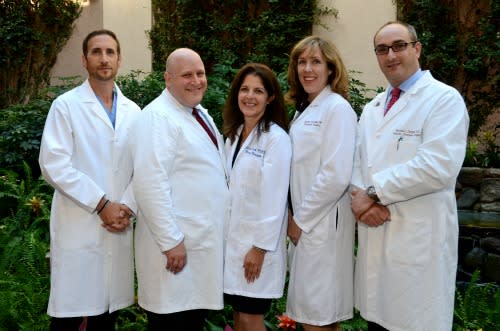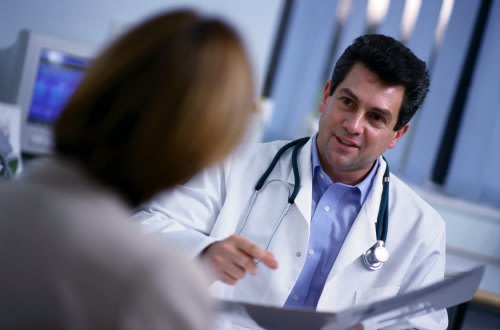Everything You Need to Know About Low-Dose CT Lung Cancer Scans
Published: November 10, 2020l
By Michael Ebright, MD, Director, Thoracic Surgery at Stamford Hospital, Michael A. Bernstein, MD, and Melissa Ronk, RN, OCN
The key to surviving lung cancer is finding it early, when it is easier to treat. Lung cancer screening with low-dose CT (LDCT) has been shown to save lives. Here are the most common questions and answers when it comes to lung screening.
If you have already quit smoking, congratulations and keep it up!
Interested in Lung Cancer Screening?
If you think you meet the criteria for lung cancer screening, bring the Lung Cancer Screening Prescription Form to your physician. For additional questions, please contact us at 203.276.3365.The key to surviving lung cancer is finding it early, when it is easier to treat. Lung cancer screening with low-dose CT (LDCT) has been shown to save lives. Here are the most common questions and answers when it comes to lung screening.
What is the goal of Low-Dose CT lung screening?
The goal of LDCT lung cancer screening is to save lives. Without LDCT lung screening, lung cancer is usually not found until a person develops symptoms. At that point, the cancer becomes much harder to treat and is often incurable.Who should get an LDCT lung screening exam?
If you are between ages 50-80, are a current heavy smoker or have quit smoking within the past 15 years, and have smoked generally a pack a day for at least 20 years, then LDCT may be appropriate for you. You should be asymptomatic. If you are experiencing a new cough, worsening shortness of breath, or coughing up blood, then you should be consulting your doctor rather than undergoing a LDCT lung screening exam.Why does it matter if I have symptoms?
Certain symptoms can be a sign that you have a lung condition that should be evaluated and treated by your healthcare provider. These symptoms include fever, chest pain, a new or changing cough, shortness of breath that you have never felt before, coughing up blood, or unexplained weight loss. Having any of these symptoms can greatly affect the results of lung screening and may actually delay the treatment you might need.I am in the high-risk group but have been diagnosed with cancer in the past. Is LDCT lung screening appropriate for me?
It depends. In some cases, LDCT lung screening will not be appropriate, such as when your doctor is already following your cancer with CT scans. Your doctor will help determine if LDCT lung screening is right for you. If you are a high risk patient, even if you have been diagnosed with cancer, you should still ask your doctor about LDCT lung screening.Do I need to have an LDCT lung screening exam every year?
Yes. LDCT lung screening exams are recommended yearly for individuals who continue to meet the high-risk criteria for screenings.How effective is LDCT lung screening at preventing death from lung cancer?
Studies have shown that LDCT lung screening can lower the risk of death from lung cancer by 20% in people who are at high risk.How is the lung screening exam performed?
LDCT lung screening is one of the easiest screening exams you can have. The exam takes less than 10 seconds. No medications are given, and no needles are used. You can eat before and after the exam. You do not even need to get changed, as long as the clothing on your chest does not contain metal. You must, however, be able to hold your breath for at least six seconds while the chest scan is being taken.Are there any risks to low-dose CT (LDCT) lung screening?
All cancer screening tests have some risks—including LDCT lung screening. We want to make sure that we have done a good job explaining these to you, so please let us know if you have any questions. Your healthcare provider who ordered the screening may want to talk with you further about:- Radiation exposure: LDCT lung screening uses radiation to create images of your lung. Radiation can increase a person’s risk of cancer. By using special techniques, the amount of radiation in LDCT lung screening is small —about the same amount a person would receive from a screening mammogram. If you are in the high-risk group, the screening benefits are believed to greatly outweigh the risks of being exposed to the small amount of radiation from this exam.
- False negatives: No test, including LDCT lung screening, is perfect. It is possible that you may have a medical condition, including lung cancer, that is not found during your exam. This is called a false negative.
- False positives/additional testing: LDCT lung screening very often finds something in the lung that could be cancer but in fact is not. This is called a false positive. False positive tests often cause anxiety. In order to make sure these findings are not cancer, you may need to have more tests.
- Findings not related to lung cancer: Your LDCT lung screening exam also captures images of areas of your body next to your lungs. In a small percentage of cases (5%−10%), the CT scan will show an abnormal finding in one of these areas, such as your heart, aorta, kidneys, adrenal glands, liver, or thyroid. This finding may not be serious; however, you may need to be examined further. Your healthcare provider who ordered your exam can help determine what, if any, additional testing you may need.
- Anxiety: We recognize anxiety before, during, and after the test is a real issue our patients face. We have a number of options to help reduce anxiety. We can schedule LDCT lung screening exams with a same day result. When appropriate, patients can be seen by a pulmonologist (lung doctor) or thoracic surgeon (lung surgeon) prior to LDCT lung screening exam to explain the testing in more detail.
What can I expect from the lung screening results?
About 1 out of every 4 LDCT lung screening exams will find something in the lung that may require additional imaging or evaluation. Most of the time these findings are lung nodules, small shadows seen on the CT scans. These nodules are very common, and the vast majority — more than 97% — are not cancer (benign). Most are normal lymph nodes or small areas of scarring from past infections. Less commonly, lung nodules are cancer. If a small lung nodule is found to be cancer, the cancer can be cured more than 90% of the time. That is why we are screening you. To distinguish the large number of benign (noncancerous) nodules from the few nodules that are in fact cancer, we may need to get more images before your next yearly screening exam.What if I need additional testing? How will I pay?
If the nodule has suspicious features (for example, it is large, has an odd shape, or grows over time), we will refer you to a specialist for further testing. Any additional testing you may need, based on the results from the screening, will be billed to your insurance. Most insurance companies will cover the cost of these additional tests minus any deductable. If you need help understanding your insurance coverage and you are a Stamford Hospital patient, please contact one of our patient financial counselors at 203.276.4483. If you do not have insurance, you will need to cover the cost of any additional testing. Our patient financial counselors can help you understand your payment options.When will I get the results?
You will be notified of your results within two weeks of your exam. At that time, we will also outline any recommendations for follow-up if needed. Appointments for same-day resulting are also available at our Stamford Hospital location. Your healthcare provider who ordered your exam will receive a copy of your results.Where can I find help to quit smoking?
Even if your CT scan is normal, the best way to decrease your chance of developing lung cancer is to stop smoking. Our screening program is linked to Stamford Hospital’s Commit to Quit Smoking Cessation Program, which is overseen by pulmonologists, respiratory therapists, and two certified tobacco-cessation specialists. Smoking cessation is the single most important intervention to lower the likelihood of developing lung cancer. Please call 203.276.QUIT (7848) to schedule an appointment.If you have already quit smoking, congratulations and keep it up!
Featured Expert/ Author
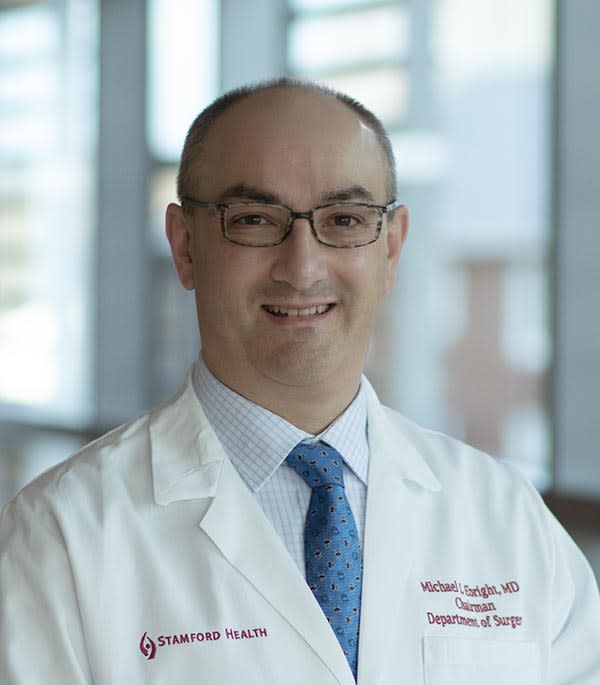
Stamford Health Medical Group Member
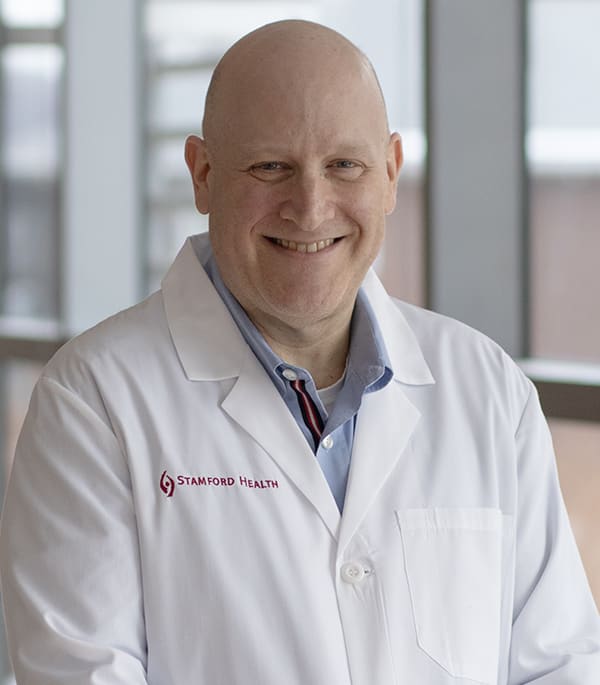


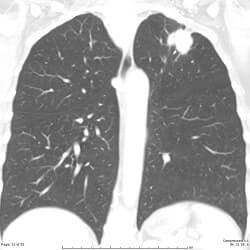

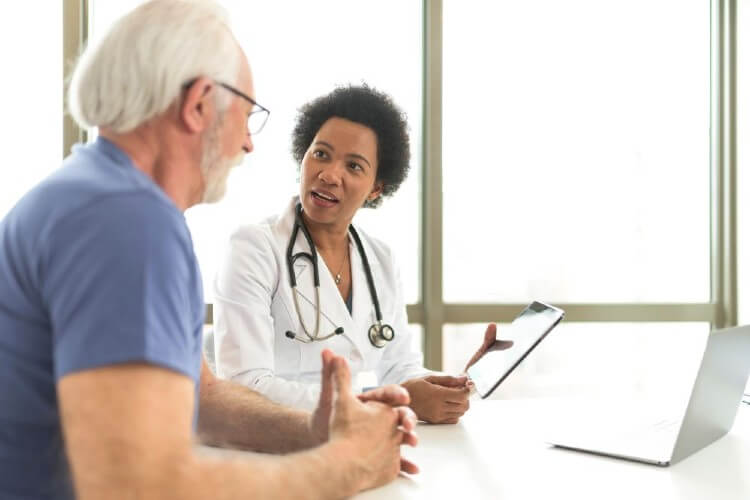





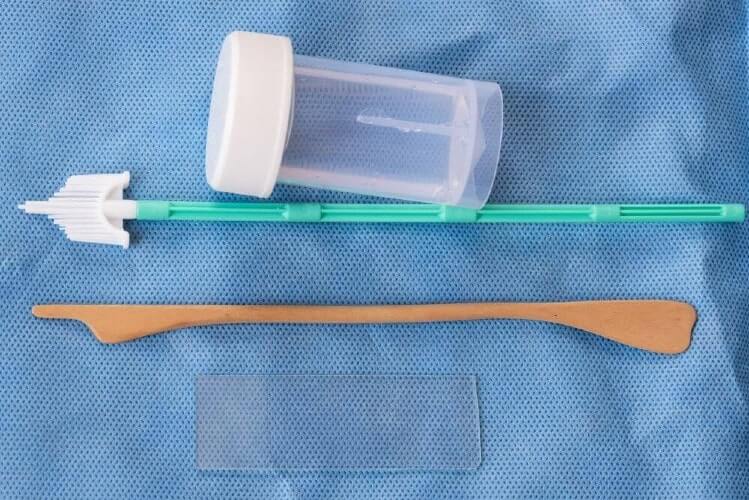
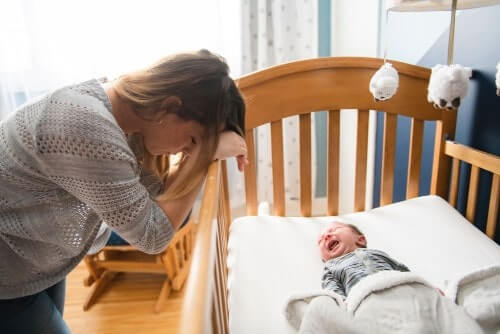



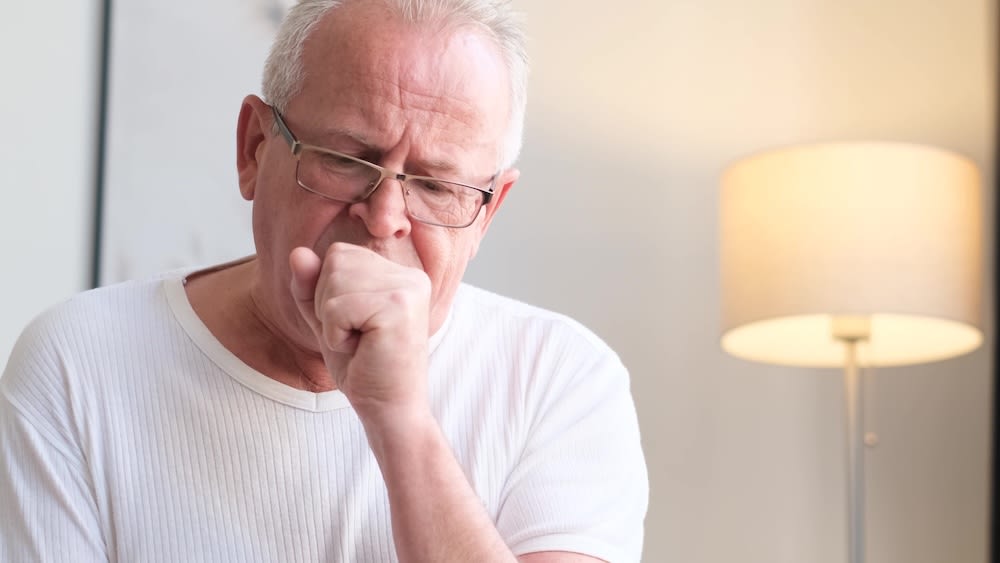






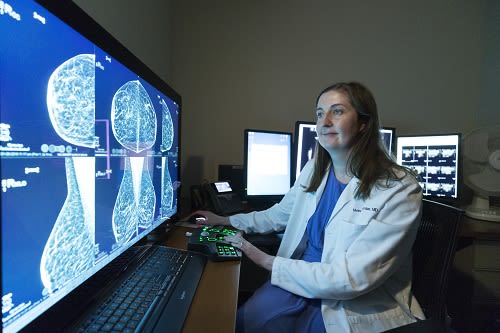


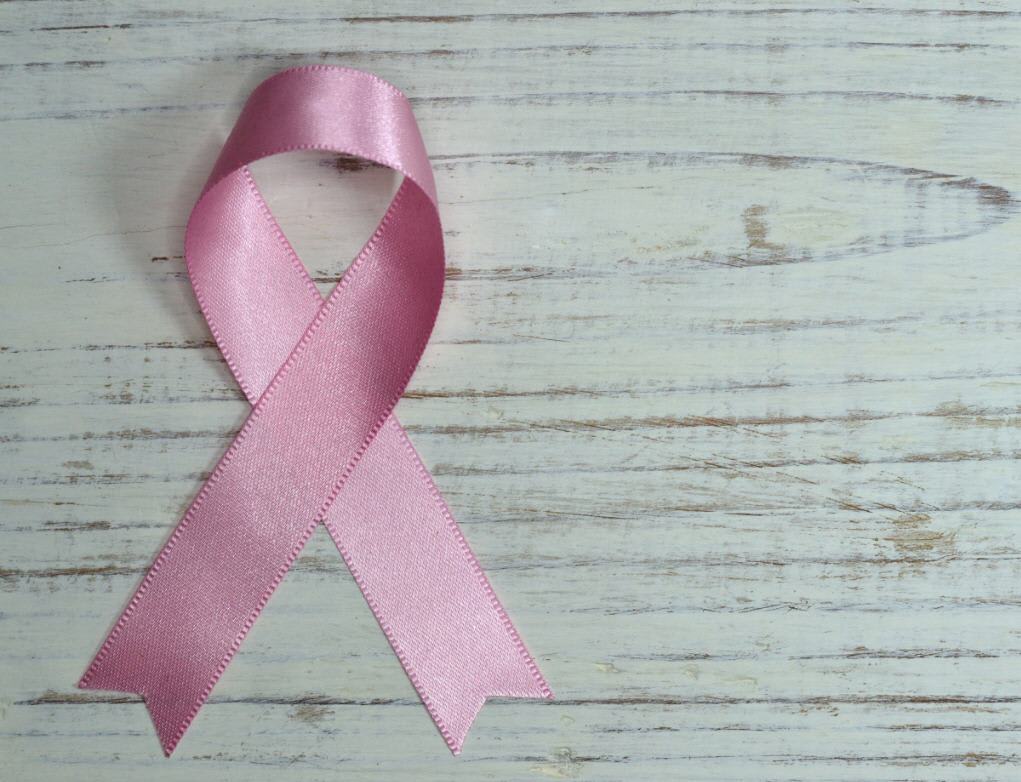
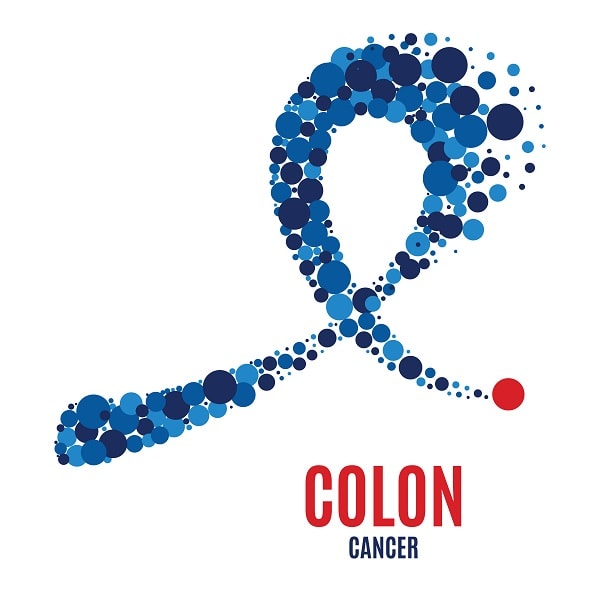

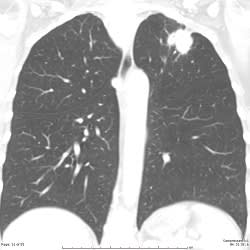
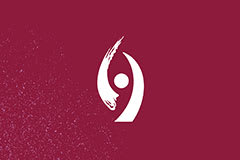




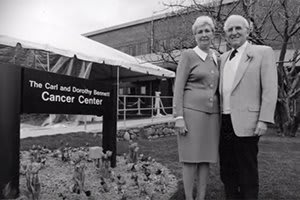
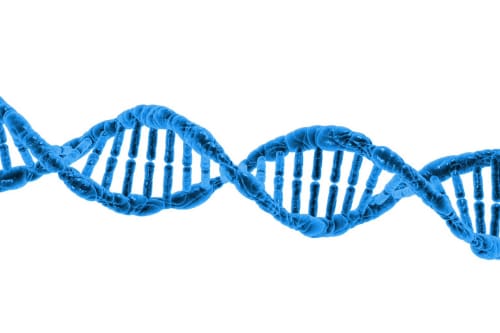

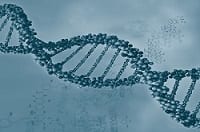
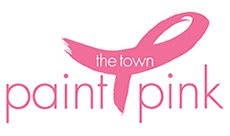


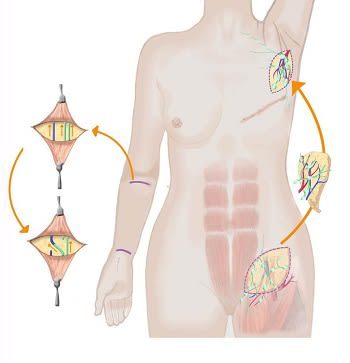




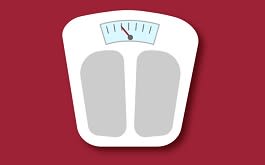

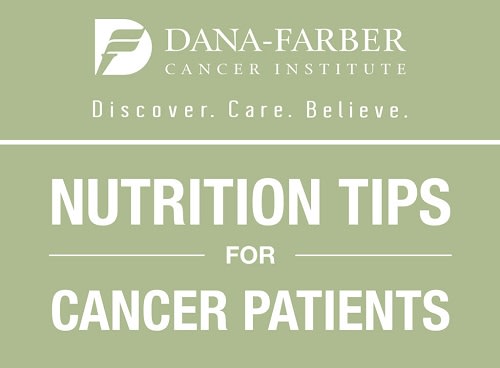











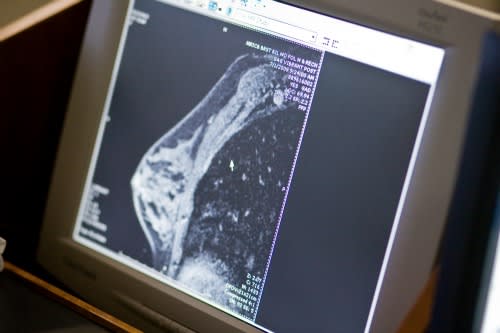

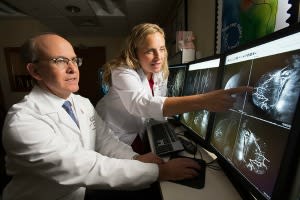


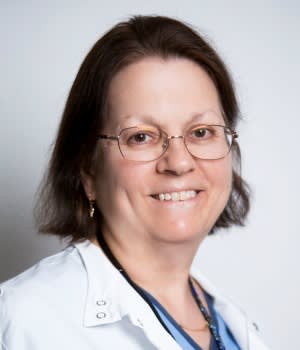



)


)

)
)



